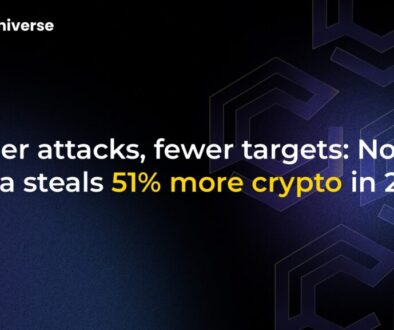Tether’s Africa Investment: CEO’s Vision Sparks Fierce Debate on Web3’s Future

A Bold Vision for a New Frontier
Tether CEO Paolo Ardoino has ignited a firestorm of discussion across the crypto world with a bold announcement: a major new investment initiative aimed at building foundational decentralized infrastructure in Africa. In a statement that has since gone viral, Ardoino compared the continent’s current potential to that of North America in the early 20th century, signaling Tether’s ambition to be a key player in shaping its future.
As the powerhouse behind the world’s largest stablecoin, USDT, Tether’s strategic moves carry significant weight. This latest focus on Africa suggests a pivot towards building real-world utility for decentralized technologies in emerging markets. Ardoino framed the opportunity in historical terms, asking a powerful question on X (formerly Twitter):
“If you were asked to invest in the company that would build the power grid, the post office, and finance markets one century ago in North America, would you take that bet?”
The message is clear: Tether sees a once-in-a-generation opportunity to build the core systems for energy, communication, and finance across Africa, powered by Web3 principles.
A Controversial Analogy Sparks Debate
While Ardoino’s vision is grand, his analogy immediately drew mixed reactions. Supporters lauded the ambition, seeing it as a commitment to empowering a continent poised for explosive growth. The popular blockchain explorer Routescan voiced strong support, highlighting the practical impact:
“Most Africans cannot access a bank account, but they do have internet connections. You can give people freedom, work and infrastructure. Love Tether”
However, critics were quick to point out the potentially problematic undertones of the comparison. Some argued that framing Africa as a 20th-century North America oversimplifies the continent’s complex and diverse landscape, ignoring decades of technological and social progress. Crypto analyst Duo Nine offered a blunt critique, stating, “This is not the case. Best to rephrase the tweet.” The core of the criticism is that such comparisons can appear patronizing, overlooking the vibrant innovation already happening across Africa.
Global Ambition Meets Local Innovation
The debate over the
Dominic Schwenter, COO of Lisk, underscored the immense potential, calling Africa the world’s largest growth market for Web3. He highlighted several key factors:
- Youthful Demographics: Over 60% of Africa’s population is under the age of 25, representing a digitally native generation eager to adopt new technologies.
- High Mobile Penetration: Widespread mobile and internet access allows decentralized solutions to bypass traditional, often inaccessible, legacy systems.
- Entrepreneurial Spirit: “Africa has the highest entrepreneurship rate in the world—one in five adults owns their own business,” Schwenter noted.
The Path Forward: Top-Down Infrastructure or Bottom-Up Solutions?
While global capital and interest from giants like Tether are welcomed, many African founders at ETHSafari emphasized a different approach. They argued that the future of Web3 in Africa must be driven by local solutions designed to solve tangible, everyday problems.
Instead of focusing on speculation, these entrepreneurs are building platforms for:
- Remittances: Reducing the high costs associated with sending money across borders.
- Supply Chain Transparency: Tracking goods from farm to table to ensure fairness and quality.
- Financial Inclusion: Providing access to savings, credit, and investment tools for the unbanked.
This creates a fascinating tension. On one hand, Tether’s vision of building large-scale, foundational infrastructure could provide the rails upon which local innovation can flourish. On the other, there’s a strong belief that true, sustainable adoption will come from community-driven projects that are deeply rooted in the continent’s unique realities.
As Tether moves forward with its investment plans, the question remains: Will Africa’s Web3 future be defined by global giants, or will local communities lead the charge? The answer likely lies somewhere in between, but the debate sparked by Paolo Ardoino’s bold vision is set to shape one of the most exciting chapters in the story of decentralization.


